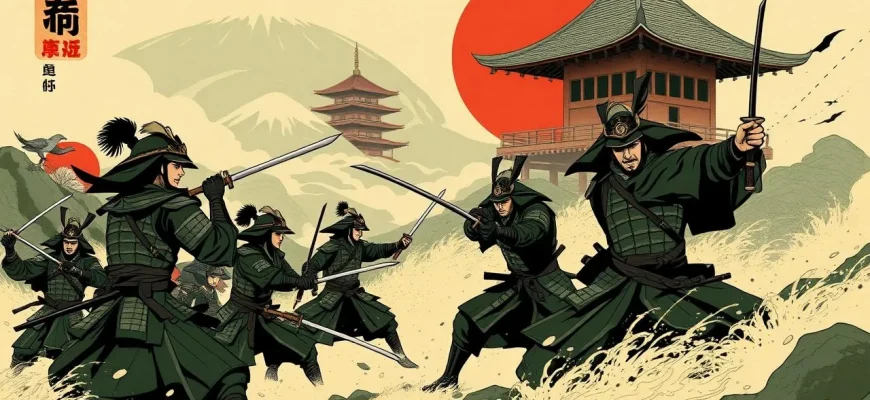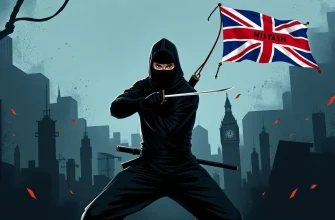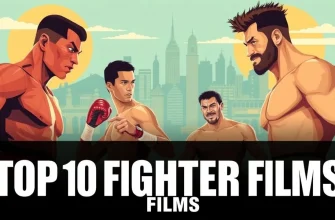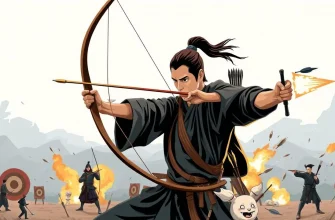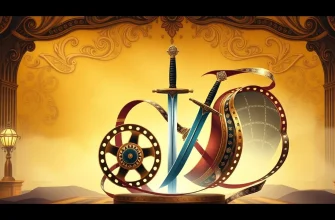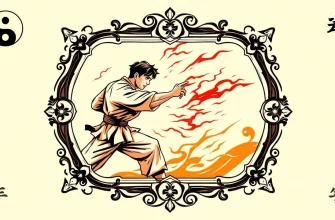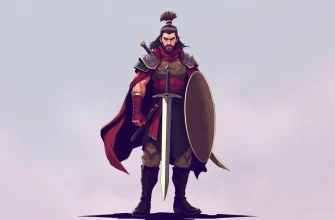If you're a fan of high-octane action, breathtaking swordplay, and the rich tapestry of Japanese history, then this curated list of samurai action films is your gateway to cinematic bliss. These films not only showcase the legendary skills of samurai warriors but also delve into themes of honour, duty, and the clash of cultures, making them a must-watch for any film enthusiast looking for both adrenaline and depth.
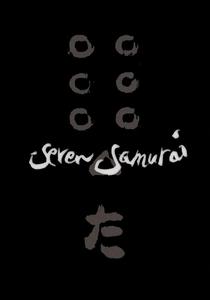
Seven Samurai (1954)
Description: This classic by Akira Kurosawa is often hailed as the pinnacle of samurai cinema, blending action with deep character development. It's the story of a village hiring seven ronin to protect them from bandits, leading to epic battles and profound reflections on life and duty.
Fact: The film inspired many Western films, including "The Magnificent Seven." It was also one of the first Japanese films to gain international acclaim.
 Watch Now
Watch Now
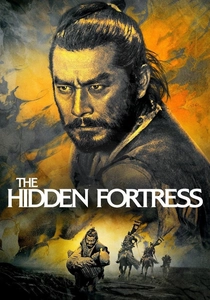
The Hidden Fortress (1958)
Description: Another Kurosawa gem, this film tells the story of two peasants who help a general and a princess escape from enemy territory, influencing George Lucas for "Star Wars."
Fact: The film's narrative structure inspired the plot of "Star Wars," particularly the dynamic between the two bickering peasants and the noble characters.
 Watch Now
Watch Now

Yojimbo (1961)
Description: Another masterpiece by Kurosawa, "Yojimbo" features Toshiro Mifune as a wandering samurai who plays two rival gangs against each other in a small town. It's a blend of dark comedy, action, and social commentary.
Fact: The film was remade as "A Fistful of Dollars" by Sergio Leone, starting the spaghetti western genre.
 Watch Now
Watch Now
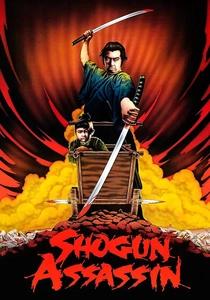
Shogun Assassin (1980)
Description: An American re-edit of the first two films in the "Lone Wolf and Cub" series, this film follows a samurai and his young son on a quest for revenge, known for its graphic violence and action.
Fact: The film was heavily sampled for the soundtrack of the Wu-Tang Clan's debut album "Enter the Wu-Tang (36 Chambers)."
 Watch Now
Watch Now

Ran (1985)
Description: Kurosawa's epic reimagining of "King Lear" set in feudal Japan, "Ran" explores themes of ambition, betrayal, and the consequences of power through stunning visuals and intense battles.
Fact: It was one of the most expensive Japanese films ever made at the time, with a budget of over $11 million.
 Watch Now
Watch Now
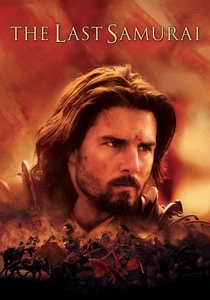
The Last Samurai (2003)
Description: Tom Cruise stars as an American military officer who becomes embroiled in the samurai rebellion against the modernization of Japan. This film offers a Hollywood take on samurai culture, blending historical elements with dramatic storytelling.
Fact: The film was shot in New Zealand, not Japan, due to the availability of suitable locations for the 19th-century setting.
 Watch Now
Watch Now
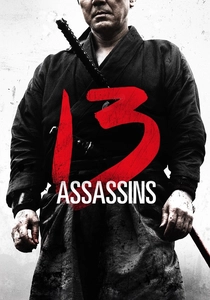
13 Assassins (2010)
Description: Directed by Takashi Miike, this film is a remake of a 1963 film, focusing on a group of samurai tasked with assassinating a corrupt lord. It's known for its intense, prolonged battle sequence.
Fact: The film features one of the longest and most elaborate battle scenes in cinema history, lasting over 40 minutes.
 Watch Now
Watch Now

Harakiri (1962)
Description: A poignant critique of the samurai code, this film by Masaki Kobayashi examines the ritual suicide of a samurai, revealing layers of corruption and hypocrisy within the samurai class.
Fact: The film was remade in 2011 by Takashi Miike, but the original remains a powerful statement on samurai ethics.
 30 Days Free
30 Days Free

Zatoichi (2003)
Description: This film, directed by Takeshi Kitano, brings the blind swordsman Zatoichi to life with a mix of action, comedy, and dance sequences, offering a fresh take on the classic character.
Fact: Kitano, known for his stoic roles, also plays the lead, showcasing his versatility as both an actor and director.
 30 Days Free
30 Days Free

Samurai Fiction (1998)
Description: This film offers a modern twist on the samurai genre, mixing traditional elements with contemporary storytelling techniques, including a unique visual style and a playful narrative.
Fact: It was one of the first Japanese films to use digital effects extensively, giving it a distinctive look.
 30 Days Free
30 Days Free

